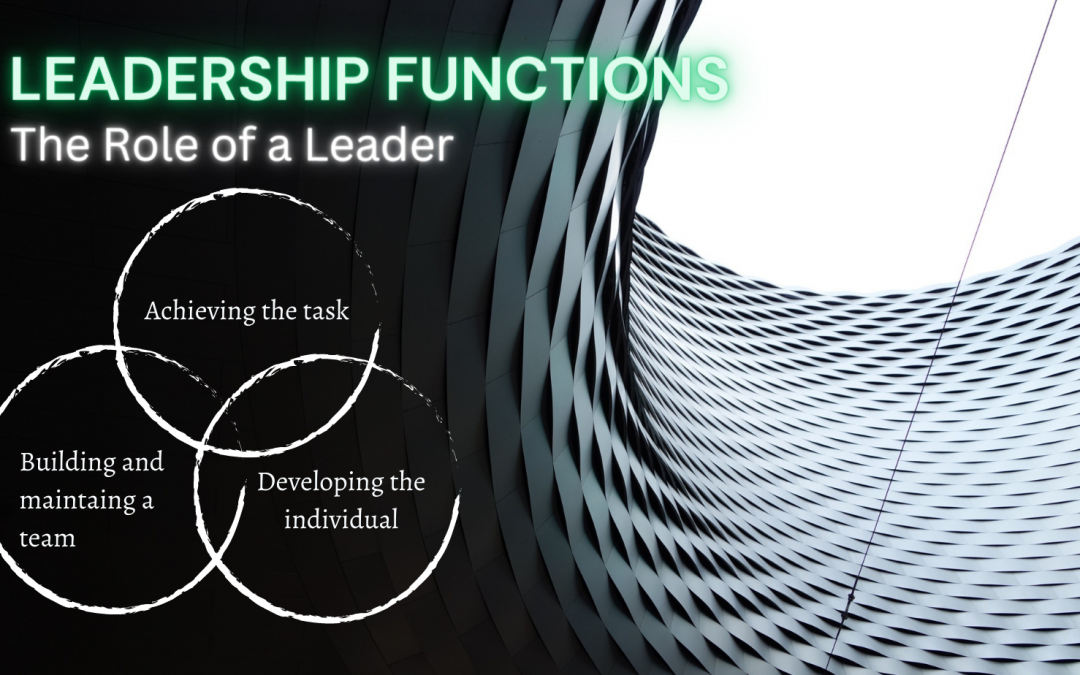
by Art Waskey | Apr 4, 2023 | Art of Sales Weekly, Featured
Selling in the Digital World
A lot has changed in the world of selling in the past decade, including the role of the salesperson. The pandemic and digitalization have put a damper on many of the social aspects of selling. They have altered the art of the deal. Reps now have many layers of technology between them and their customers. Information is passed out over the internet, rather than over coffee and donuts.
Social media has bred social distancing. This has led to the misconception that sales reps no longer add value. In fact, the opposite is true. The greatest advantage a distributor and his sales team have is the personal relationships they have formed with their customers. People don’t sell to companies, they sell to people. To meet the challenge of selling in a digital world, sales reps need to develop a hybrid sales experience. They need to combine traditional in-person selling techniques with the use of digital tools.
A New Approach
“A new approach is needed that combines digital and human engagements to help buyers feel more confident in their decisions and drive high-quality deals,” according to a recent Gartner press release.
So, what do you need to develop this new approach? To start, the outside sales team must focus on added value. They do this by helping buyers make the right purchasing decisions. The value of a trusting relationship between sales and purchasing remains strong. People still, “don’t care how much you know, until they know how much you care.”
Next, you have to use the latest AI technology tools to identify your customers’ needs. If you combine good relationship selling with the best digital technology, no alternative supply chain channel can beat you.
A Hybrid Selling Strategy
Create a hybrid selling strategy for your team by combining the outside sales rep’s historic trusting relationship skills with current AI technology. You can continue to show up with donuts if that helps to close the deal. But be sure you have all the best technology tools in the bag as well.
Get tips and tricks like the above in The Art of Sales books. Or subscribe to the FREE monthly articles here.

by Art Waskey | Mar 26, 2023 | Art of Sales Weekly, Featured
Implementation
Forming and implementing an effective strategic plan is challenging. It takes building a good leadership team and developing a well-thought-out plan. However, the implementation of the plan is especially crucial. If your employees don’t understand and buy into the plan, it is useless. It would help if you had strategic communication.
Get the Best Views
In a recent article, Art Petty of the Art Petty Group talked about the importance of communicating strategy to your organization. He wrote: “If the work of strategy is cloistered in a conference room, don’t expect people to understand it when you unveil the outcome and don’t expect them to be able to add value quickly. The more important question I ask is, ‘What have you done to appeal to them on a personal level and have them excited about the work of bringing a new strategy to life?’ This is, of course, the missing part. In my experience, those close to the customers, business partners, and competitors, have the best views of what’s needed in a winning strategy. It’s wrong that they’re often the last to learn a new strategy. Work unceasingly to fix this problem. Help them develop clarity on the simple concept of strategy and find ways to let them define how to get there.”
Effective Communication Tools
Business leaders need to find tools that help to effectively communicate the inner workings of their strategic plans. Additionally, several of my clients have found that transparent quarterly reviews with all employees do this. These reviews include sales, expenses, earnings before interest, taxes, depreciation, and amortization (EBITDA), as well as the next steps to all strategic plans. Sessions allow for open discussion, including questions and answers.
Money is another great way to communicate the success of your strategic plan. Some of my clients pay a quarterly percentage of EBITDA to the employees. Recognize results as soon as they occur and watch employee morale soar.
Connect and Contribute
In conclusion, the ability to contribute and connect your business strategy to all team levels is essential. Use the right strategic communication tools and get your employees invested in being part of a cohesive team.
Get tips and tricks like the above in The Art of Sales books. Or subscribe to the FREE monthly articles here.

by Art Waskey | Mar 20, 2023 | Art of Sales Weekly, Featured
I work with small and medium business owners (SMBs) in the distribution sector and find they struggle with implementing meaningful strategic plans. As we know, corporate strategy starts at the top. Yet those at the top are often unsure which project should come next. This makes forming an effective plan difficult. To develop a strategy everyone can understand you need to pick the right team and make the right plan.
The Collective Good
Furthermore, to assemble an effective team to lead your strategic plan, pick the players within your organization who can work together.
In his book, The Advantage, Patrick Lencioni discusses building a cohesive leadership team. He advises that the team must be small enough (three to ten people) to be effective. Additionally, members must trust one another and be able to be genuinely vulnerable with each other. Lencioni writes: “At the heart of vulnerability lies the willingness of people to abandon their pride and their fear, to sacrifice their egos for the collective good of the team.”
Long-term Vision
To help with planning your strategy, I highly recommend you read Traction by Gino Wickman. Wickman has developed the concept of the Six Key Components of The Entrepreneurial Operating System (EOS). Thus, in his model, the EOS is led by a person that facilitates a team based on a long-term vision. Wickman says: “With a clear long-term vision in place, you’re ready to establish short-term priorities that contribute to achieving your vision. You will establish the three to seven most important priorities for the company, the ones that must be done in the next 90 days.”
Rocks
Wickman calls these important priorities Rocks. Rocks are bite-size chunks that are broken down into next steps with the goal of completion in 90 days. Team members meet regularly to engage in productive, unfiltered discussions of issues. The team leaves meetings with clear-cut, active, and specific agreements about decisions. They hold one another accountable to commitments and best behavior. Collective priorities and needs are focused on the larger organization rather than individual departments.
Pick and Plan
In conclusion, the cooperative effort necessary to implement a strategic plan is possible when you have a well-chosen team. By planning your next steps based on the needs of the larger organization, your business will grow. With a collaborative team and a carefully laid out strategic plan, you can pick and plan your way to success. Get tips and tricks like the above in The Art of Sales books. Or subscribe to the FREE monthly articles here.

by Art Waskey | Mar 12, 2023 | Art of Sales Weekly, Featured
Leadership doesn’t just happen. To be functional it has to be promoted. Recently, in a Distributor Strategy Group webcast, Eric Chernik, CEO, of Building Controls & Solutions (BSC) provided excellent insight into defining functional leadership (700% Growth in 3 years Engagement Powers Growth for BSC, Distributor Strategy Group, January 25, 2023,). Chernik described being an employee enabler as his primary role.
Key competencies
In addition, to become a functional leader and successful enabler, here are four key competencies I suggest you work on.
- Empowerment. Firstly, Empower your employees by allowing them to express their passion and talent. Maintain an entrepreneurial spirit that maximizes each individual’s talents. Build strategic relationships across functional areas within the team and support employees with continued training.
- Manage corporate culture. Cultural change must be managed from the top. In his book, Good to Great, Jim Collins stated, “Build a culture around the idea of freedom and responsibility, within a framework.” That framework should include alleviating fear, removing overbearing controls, creating an atmosphere of transparency, and ensuring integrity.
- Hire right. Chernik stated that he didn’t buy companies primarily based on their financials but rather on their key employees. In addition, he found it crucial to get recommendations from those who had previously worked with the employees, rather than listed references. Your network of influence is valuable in hiring right. Alternatively, as a consultant with a 60-year career in atmospheric gas and welding distribution, I get frequent calls from suppliers and distributors for recommendations.
- Remove organizational politics. For example, be collaborative and take politics out of your organizational approach. Collaboration increases understanding and promotes better personal relationships between workers. To remove political pressure, Chernik suggests getting rid of titles. In order to sell to the customer, he explained that ability should be emphasized rather than position. In short, the flatter your organization, the less likely that politics will get in the way of success.
Functional leadership
Lastly, by achieving 700% growth in three years, Eric Chernik is proven to be a model leader. You can be one as well by promoting functional leadership. Similarly, hire the right employees, empower them to do their best, manage your corporate culture carefully, and keep organizational politics in check.
Get tips and tricks like the above in The Art of Sales books. Or subscribe to the FREE monthly articles here.

by Art Waskey | Feb 27, 2023 | Art of Sales Weekly, Featured
A Needle in a Haystack
Today, finding the right product can feel like searching for a needle in a haystack. In your B2B business, how do you help customers find and choose your products? The best answer is to focus on your stakeholders – know what they want.
A Complex Task
In addition, Knowing your stakeholders is a complex task, as there tend to be many involved in any one deal. For example, a typical manufacturing decision-making team comprises executives, management, operations, and purchasing staff. Add to this mix the prevalence of buying committees. According to a recent SMB survey, 80% of companies have buying committees that influence decisions today.
Value-Added Requirements
As authors Richardson and Sharer discuss in their book Agile and Resilient, this mix of stakeholders influences how you approach the sales journey. They report, “Three big changes we have identified where sellers need to become more adept are: selling to committees, working with purchasing/procurement, and selling to the C-suite.”
In addition, sellers must tailor their conversations, marketing messages, and sales tools to all stakeholders. For this purpose, sellers need to identify the stakeholders’ value-added requirements.
Mine Your Data
Therefore, mine your data to help find and understand your customers’ value-added requirements. Make sure you have an omnichannel presence. According to IndustrialDistribution, “Omnichannel refers to the connection of all systems, platforms, departments, and sales channels. Furthermore, with omnichannel capabilities, distributors can provide customers with a consistent experience across all touchpoints. With AI, that experience isn’t just consistent – it’s seamless.” Contrarily, use data to understand your stakeholders’ buying patterns and needs more fully.
Knowledge is power
Lastly, fulfill your stakeholders’ specific needs by understanding their expectations and pursuing sales success relentlessly. The power of the sale lies in customer knowledge.
Get tips and tricks like the above in The Art of Sales books. Or subscribe to the FREE monthly articles here.





